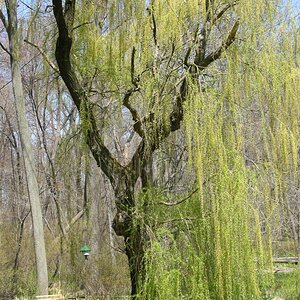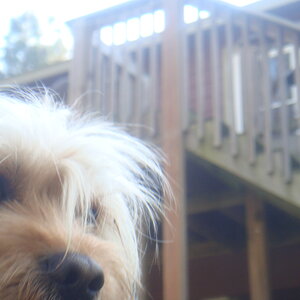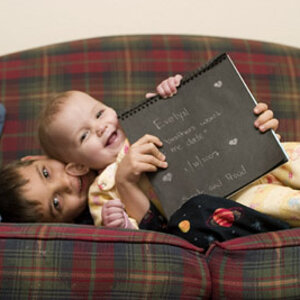This article suggests that you should over exposure your photographs with digital cameras (without blowing highlights) because there are more tonal values toward the right of the histogram. Then reduce exposure in a RAW editor. The result is that the darker areas of the photograph are now comprised of more tones because the original information captured in RAW has more tones. Thoughts?
Optimizing Exposure
Optimizing Exposure


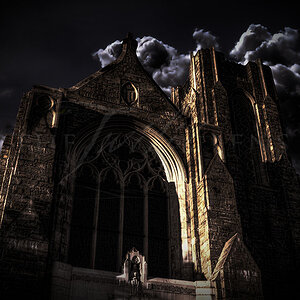


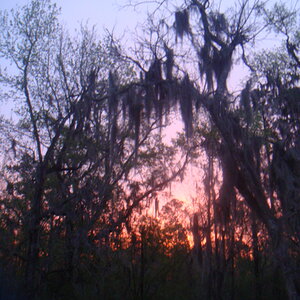
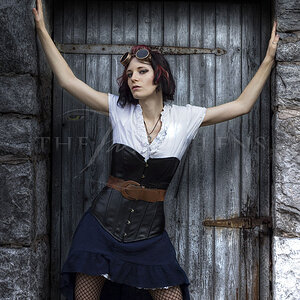
![[No title]](/data/xfmg/thumbnail/36/36301-27972c0474532c2ef657014362950733.jpg?1619737495)
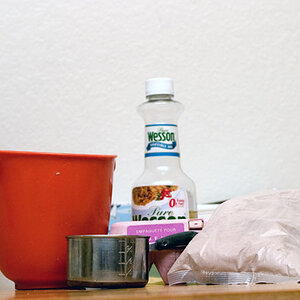

![[No title]](/data/xfmg/thumbnail/37/37604-7ad625e983f92f880eb65a264eeef5e4.jpg?1619738148)
